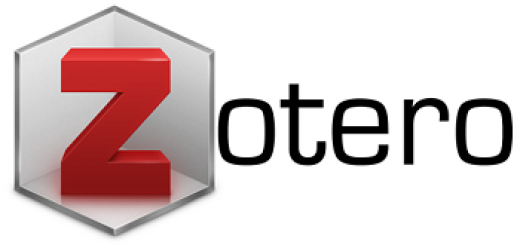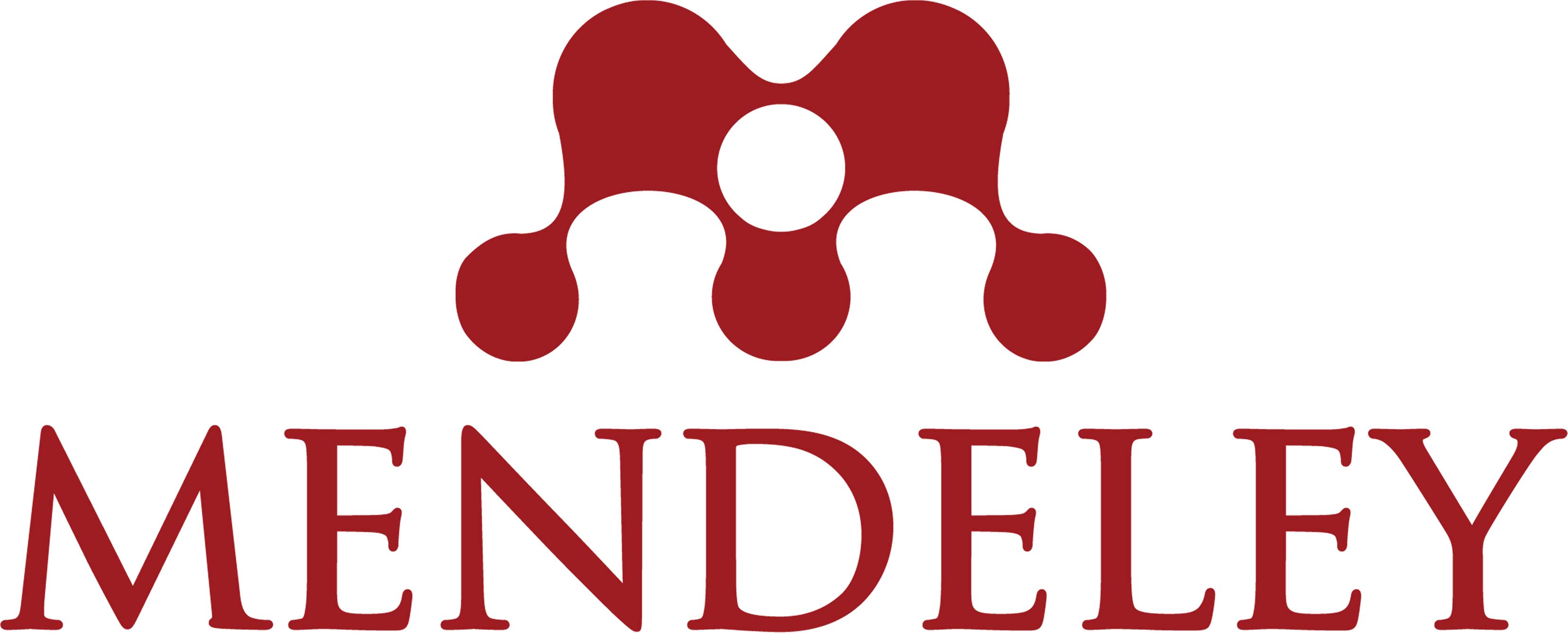Improving Students’ Narrative Text Reading by Using Electronic Interactive Novel at SMAN 1 Bluto Sumenep
DOI:
https://doi.org/10.17977/um064v2i42022p433-446Keywords:
Reading, Electronic Interactive Novel, Classroom Action ResearchAbstract
Abstract: Reading is an important skill for students to have. Despite its importance, students in SMAN 1 Bluto still struggle in reading instruction. To solve this problem, Electronic Interactive Novel (EIN) has the potential to be used in teaching as a media to help students improve their reading skill. This research aims to investigate the use of EIN to improve the 10th grade students’ reading skill. The design of this study is classroom action research with 35 students of class 10-4 from SMAN 1 Bluto as the participants. The research instruments used are in the form of tests conducted at the end of each cycle, observation sheet with field notes, and questionnaire. The finding of the research shows that the implementation of EIN improves the students’ reading skill of narrative text in the teaching process and the test result. The result of evaluation carried out in end of cycle 1 was 46 percent students achieve the minimum score of 70. With that reasoning, the first cycle was considered unsuccessful. In cycle 2.89 percent students managed to achieve the minimum score of 70. Thus, the second cycle was deemed successful. Therefore, it can be concluded that Electronic Interactive Novels can be implemented to improve the narrative reading skill of tenth grade students. However, teachers need to pay great attention to the pace with which they conduct the instruction using EIN to make sure their students can follow well.
Keywords: reading; electronic interactive novel; classroom action research
Abstrak: Membaca adalah kemampuan penting untuk dimiliki oleh siswa. Tapi, siswa SMAN 1 Bluto masi mengalami kesulitan dalam pembelajaran membaca. Untuk menyelesaikan masalah ini, EIN memiliki potensi untuk digunakan sebagai media pembelajaran demi meningkatkan kemampuan membaca siswa. Penelitian ini bertujuan untuk memeriksa pengunaan Novel Interaktif Elektronik (EIN) dalam meningkatkan kemampuan membaca siswa kelas 10. Penilitan ini adalah penelitian tindakan kelas dengan 35 siswa kelas 10-4 SMAN 1 Bluto sebagai partisipan. Instrumen penelitian yang digunakan yaitu tes yang diadakan di akhir siklus, lembar observasi dengan catatan lapangan, dan kuesioner. Hasil temuan menunjukkan bahwa penggunaan EIN meningkatkan kemampuan membaca siswa. Hasil evaluasi siklus pertama menunjukkan 46 persen siswa dapat mencapai nilai minimal yaitu 70. Dengan pertimbangan tersebut, siklus pertama dianggap tidak berhasil. Pada siklus kedua, 89 persen siswa mampu mencapai nilai minimal, sehingga siklus kedua dinilai berhasil. Maka, dapat disimpulkan bahwa Novel Interaktif Elektronik dapat digunakan untuk meningkatkan kemampuan siswa membaca teks naratif. Dengan catatan, guru harus memperhatikan laju proses pembelajaran agar siswa dapat mengikuti dengan baik.
Kata kunci: membaca; novel interaktif elektronik; penelitian tindakan kelas
References
Akande S. O., & Oyedapo R. O. (2018). Developing the reading habits of Secondary School students in Nigeria: The way forward. International Journal of Library Science, 7(1), 15–20. doi: 10.5923/j.library.20180701.03
Anggeraini, Y., Nurhasanah, Darningwati, & Madenta, T. (2020). EFL learners' reading habit and their reading comprehension enhancement through partner reading. Journal GEEJ, 7(2), 294–306. doi: https://doi.org/10.46244/geej.v7i2.985
Asirika, D. & Refnaldi. (2017). Teaching writing narrative texts by using the pictures of pop-up book as a media to Junior High School students. Journal of English Language Teaching Volume, 6(1), 242–251. Retrieved from http://ejournal.unp.ac.id/index.php/jelt/article/view/9691
Chen, C.-N., Chen, S.-C., Chen, S.-H. E., & Wey, S.-C. (2013). The effects of extensive reading via e-books on tertiary level EFL students' reading attitude, reading comprehension and vocabulary. Turkish Online Journal of Educational Technology, 12(2), 303–312. Retrieved from https://eric.ed.gov/?id=EJ1015469
Hlalethwa, B. D. (2013). Reading difficulties experienced by learners in the foundation phase in Inclusive Schools in Makapanstad (Master’s thesis,.University of South Africa, Pretoria, South Africa). Retrieved from https://uir.unisa.ac.za/handle/10500/13678
Ismail, S., Ahmad, M., Zaim, M., Mukhaiyar, & Gistituati, N. (2019). The use of social media as a tool in language learning: Student’s perspective. J-SHMIC Journal of English for Academic, 6(1), 58.
Khan, A. (2018). Reflecting through stages of reading. Retrieved from https://www.toppr.com/bytes/stages-of-reading/
Küçükoğlu, H. (2013). Improving reading skills through effective reading strategies. Procedia - Social and Behavioral Sciences, 70, 709–714. doi: 10.1016/j.sbspro.2013.01.113
Maharsi, I., Ghali, M. I., & Maulani, S. (2019). High school students’ reading habit and perception on reading for pleasure. International Journal of Indonesian Education and Teaching, 3(1), 80–89. doi: 10.24071/ijiet.2019.030108
Mettetal, G. (2001). The what, why and how of classroom action research. Journal of the Scholarship of Teaching and Learning 2(1).
Nurmalasari, N. & Haryudin, A. (2021). The students’ difficulties in learning reading. PROJECT (Professional Journal of English Education), 4(1), 29–34. doi: 10.22460/project.v4i1.p29-34
Purrohman, P. S. (2018). Classroom action research alternative research activity for teachers. Retrieved from https://www.researchgate.net/publication/326083037_Classroom_Action_Research _Alternative_Research_Activity_for_Teachers
Rachmawati, W., Zuhri, F., & Kurniasih, E. (2013). The implementation of picture series in teaching narrative writing for the tenth graders of SMAN 2 Ponorogo. Ejournal Unesa, 1(1). Retrieved from https://core.ac.uk/reader/230771741
Rahmasari, B. S. (2017). Peer tutoring: An effective technique to teach reading comprehension.KnE Social Sciences, 1(3), 245–258. doi: https://doi.org/10.18502/kss.v1i3.745
Sheeba & Ahmad, M. H. (2018). Teaching reading: Goals and techniques. In M. Shakir (Ed.), Emerging trends in education.
Wahid, J. H. J., & Thais, I. A. (2020). Chunking strategy; In enhancing fourth semester students’ reading skill at English Department of Muhammadiyah University. Jo-ELT (Journal of English Language Teaching), 7(1), 18–25. DOI:10.33394/jo-elt.v7i1.2636
Yaseen, A. (2013). The reading difficulties in English and how to deal with them as perceived by teachers and students in Nablus District (Master’s thesis, an-Najah National University, Nablus, Palestine).
Young, T. J. (2015). Questionnaires and Surveys. In Z. Hua (Ed.), Research methods in intercultural communication: A practical guide (pp. 163–180). Oxford: Wiley.
Downloads
Published
How to Cite
Issue
Section
License
Copyright (c) 2022 Ahmad Faisal Eginanda, Nunung Suryati, Nova Ariani

This work is licensed under a Creative Commons Attribution-ShareAlike 4.0 International License.





























